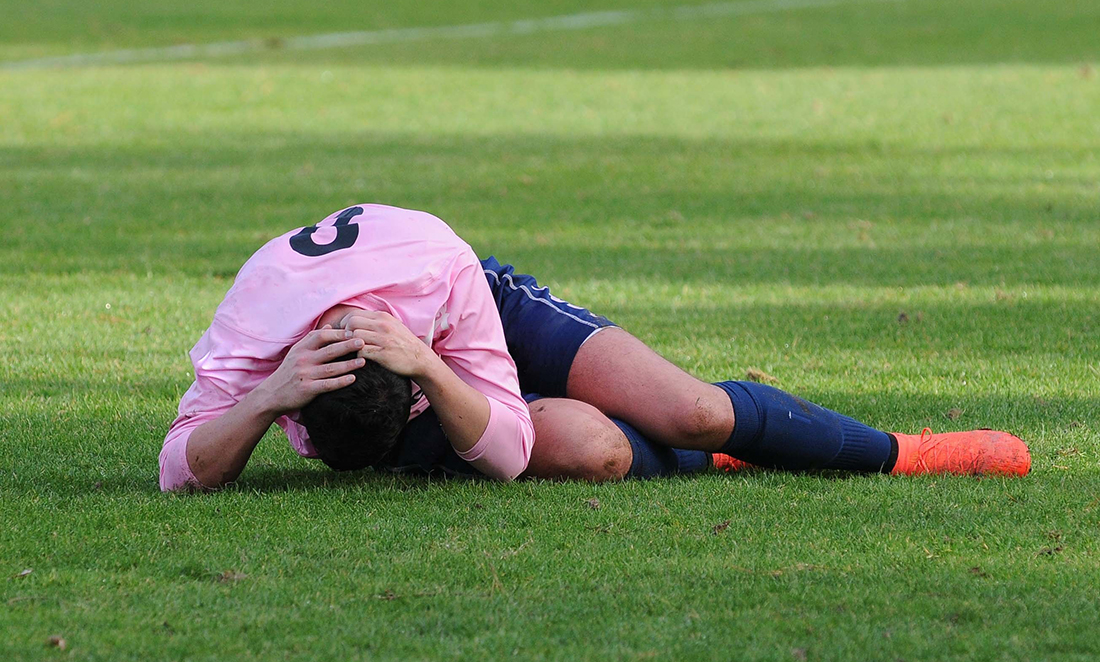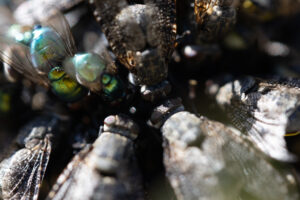But the real cutting edge of sports gear is now wearables—high-tech gear that provides health and performance support without getting in the way of performance.
Impact sensors are at the forefront of wearables, using high-definition recording devices to track and monitor the type and severity of body impacts through sensing vibrations.
The cost of concussion
One of the highest-profile areas for athletic monitoring is head trauma. Estimates reach as high as $56 billion being lost every year worldwide due to the impact of traumatic head injury. Whether an athlete is taken out of play due to concussion or suffers severe long-term effects caused by repetitive head injury, the cost is both financial and emotional for tens of thousands of athletes.
Australia’s leading expert in sports-related concussion is Associate Professor Alan Pearce of La Trobe University. Alan believes that sports sensors are the key to combating the financial and social cost of head trauma.
“You need the best, most accurate results you can get, and then you need scientific and medical experts to use that data to develop precision diagnosis and treatment modalities,” he says.
“It isn’t a simple task. Given the number of variables involved, it requires significant numbers of data points collected across a range of sports and environments to begin building this picture.”

As there are millions of possible types of impact with variables such as speed, mass and direction and so many possible athletic environments, including types of sport and pitch conditions, massive amounts of data is needed to make scientifically viable assertions.
The data challenge
That’s why Alan is working with Perth company HitIQ to launch the Nexus A9 mouthguard sensor, which will be used by both professional and community sportspeople to begin building a global database of information.
The Nexus A9 sensors receive vibration from the jaw and teeth as an athlete takes impacts and transmits this information via wifi. An app is used to record the data and collate it for analysis.
The most accurate sensors are those that attach to the body directly, a mouthguard giving better results than a helmet. Alan believes that, with high uptake worldwide, the data provided by the Nexus A9 will allow him and other researchers to break new ground.
“The only way forward is to build a solid bedrock of data that is analysed by researchers for as wide a range of circumstances as possible.”
“This lays the groundwork to make assertions as to whether a given impact causes trauma, whether a series of impacts warrants examination or time away from the field or whether data is admissible in any legal activities.”
With continuing recognition of the dangers of concussion extending beyond professional athletes to children and other members of the community, wearables are the best hope for mitigation.
Thanks to researchers like Alan using this data, today’s athletes should soon be able to avoid the mistakes of their predecessors.









